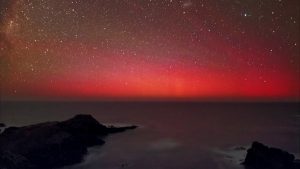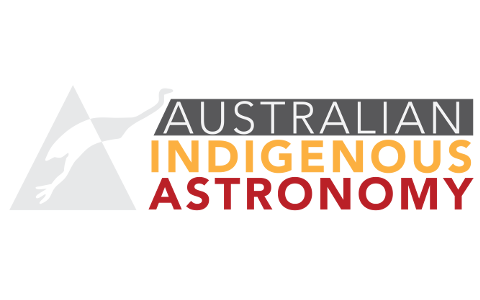Aurorae Australis

Aurorae Australis, or the southern lights, are significant in Aboriginal astronomical traditions. They are generally associated with fire, death, blood, and omens – sharing many similarities with Native American communities. They are quite different from Inuit traditions of the Aurora Borealis, which are more festive. They are reported to make strange sounds on rare occasions. Witnesses describe it as a crackling sound, like rustling grass or radio static. In the Arctic, the Inuit say the noise is made by spirits playing a game or trying to communicate with the living. In 1851, Aboriginal people near Hobart said an aurora made noise like “people snapping their fingers”.
Aboriginal people commonly saw aurorae as fires in the cosmos. To the Gunditjmara of western Victoria, they’re Puae buae (“ashes”). In Gunai traditions of eastern Victoria, they’re bushfires in the spirit world and an omen of a coming catastrophe. The Dieri and Ngarrindjeri people of South Australia see aurorae as fires created by sky spirits. As far north as southwestern Queensland, Aboriginal people saw the phenomenon as “feast fires” of the Oola Pikka — ghostly beings who spoke to Elders through the aurora.
Aurorae form when charged particles of solar wind are channelled to the polar regions by Earth’s magnetic field. These particles ionize oxygen and nitrogen molecules in the upper atmosphere, creating light. Auroral displays can show various colours, from white, to yellow, red, green, and blue. They can appear as a nebulous glowing arcs or curtains waving across the sky.
Learn More
Blogs, News, and Videos
Published Research
- Hamacher, D.W. (2013). Aurorae in Australian Aboriginal traditions. Journal of Astronomical History and Heritage, Vol. 16(2), pp. 207-219.
- Fuller, R.S. and Hamacher, D.W. (2017). Did Aboriginal Australians record a simultaneous eclipse and aurora in their oral traditions? Journal of Astronomical History and Heritage, 20(3), 349-359.
